Ecological dynamics
This site is on terraces with well drained alluvial soils. Local site factors including soil characteristics and a fire regime support three communities in the reference state. The reference plant community is a white spruce woodland with ericaceous shrubs, bluejoint, mosses, and lichens in the open understory.
Vegetation on this site reflects the underlying soil. These well drained soils support plants that are primarily identified as facultative to upland species. Soil drainage and the moderately to extremely acidic soil is often associated with the ericaceous community in the understory.
Fire is the major documented disturbance regime. High-intensity and low-intensity fires differentially affect post-disturbance vegetation. The severity of a burn generally refers to the proportion of the surface organic mat and tree canopy consumed during a fire (Chapin et al., 2006). It is difficult to gauge or estimate the typical fire on this site. The site location near flood plains lends protection during wildfires. Fuel load is relatively low in this woodland. However, the organic layer on this site is thin in these weakly developed soils, so even a low-intensity fire could damage root stock and the seedbank. The fire cycle is hypothesized to be between 75 and 100 years on this site, based on tree ages and depth to charcoal in the soil.
Willows are slightly to moderately browsed by moose. This does not appear to affect the ecological processes of the site.
This site supports one alternate state. Areas cleared for agronomic or cultural purposes support a unique vegetative community. These areas are common in and around villages. The disturbed soil supports a unique community of primarily herbaceous plants, which are commonly mowed or otherwise maintained during the growing season.
The information in this Ecological Dynamics section, including the state-and-transition model (STM), was developed based on current field data, professional experience, and a review of the scientific literature. As a result, all possible scenarios or plant species may not be included. Key indicator plant species, disturbances, and ecological processes are described to inform land management decisions.
State 1
Reference State
The reference state supports three community phases, which are distinguished by the developed structure and dominance of the vegetation and by their ecological function and stability. The reference community phase is a needleleaf woodland. The presence of each community is dictated temporally by fire.
This report provides baseline inventory data on the vegetation. Future data collection is needed to provide further information about existing plant communities and the disturbance regimes that result in transitions from one community to another. Common and scientific names are from the USDA PLANTS database. Community phases are characterized by the Alaska Vegetation Classification System (Viereck et al., 1992).
Community 1.1
White spruce/lingonberry-black crowberry
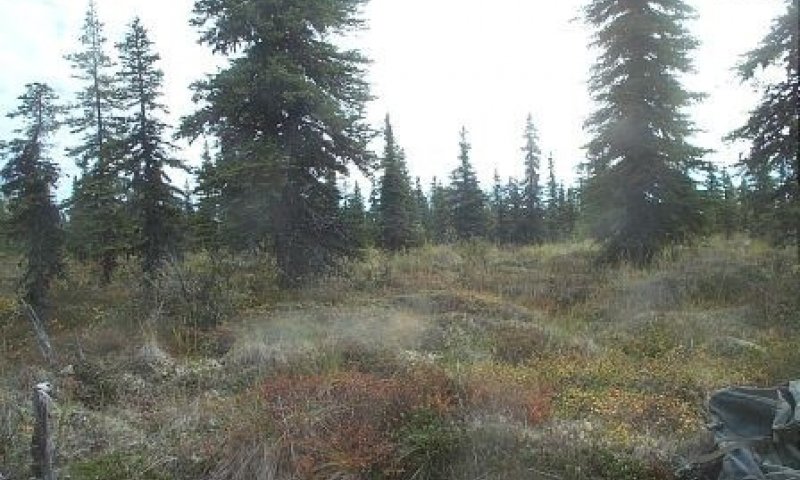
Figure 7. Typical area of community 1.1.
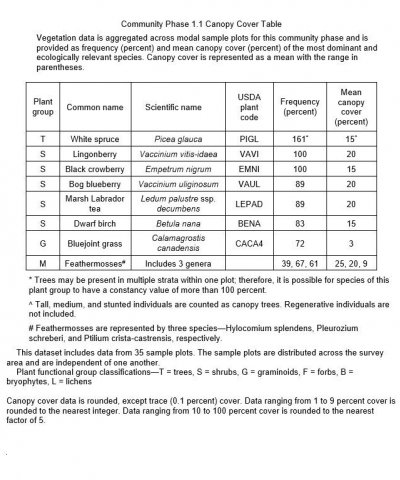
Figure 8. Frequency and canopy cover of plants in community 1.1.
The reference plant community is a white spruce needleleaf woodland (Viereck et al., 1992) that has low and dwarf shrubs, mosses, and lichens in the understory and open areas. Shrubs throughout the understory include lingonberry (Vaccinium vitis-idaea), black crowberry (Empetrum nigrum), marsh Labrador tea (Ledum palustre ssp. decumbens), dwarf birch (Betula nana), and bog blueberry (Vaccinium uliginosum). Other species may include spirea (Spiraea stevenii), resin birch (Betula glandulosa), willows (Salix spp.), bluejoint (Calamagrostis canadensis), Altai fescue (Festuca altaica), fireweed (Chamerion angustifolium), horsetails (Equisetum spp.), and fewflower meadow-rue (Thalictrum sparsiflorum). Sporadic individual trees, including paper birch (Betula papyrifera), Kenai birch (Betula papyrifera var. kenaica), balsam poplar (Populus balsamifera), and quaking aspen (Populus tremuloides), may be present. These trees commonly are remnants from earlier community phases. Mosses, dominantly feathermosses, and lichens, dominantly snow lichens (Stereocaulon spp.), make up a large portion of the ground cover. The ground cover may also include herbaceous litter and woody litter. Some areas are bare soil.
Dominant plant species
-
white spruce (Picea glauca), tree
-
lingonberry (Vaccinium vitis-idaea), shrub
-
black crowberry (Empetrum nigrum), shrub
-
bog blueberry (Vaccinium uliginosum), shrub
-
marsh Labrador tea (Ledum palustre ssp. decumbens), shrub
-
dwarf birch (Betula nana), shrub
-
bluejoint (Calamagrostis canadensis), grass
-
splendid feather moss (Hylocomium splendens), other herbaceous
-
Schreber's big red stem moss (Pleurozium schreberi), other herbaceous
-
knights plume moss (Ptilium crista-castrensis), other herbaceous
Community 1.2
Kenai birch-quaking aspen/lingonberry-dwarf birch
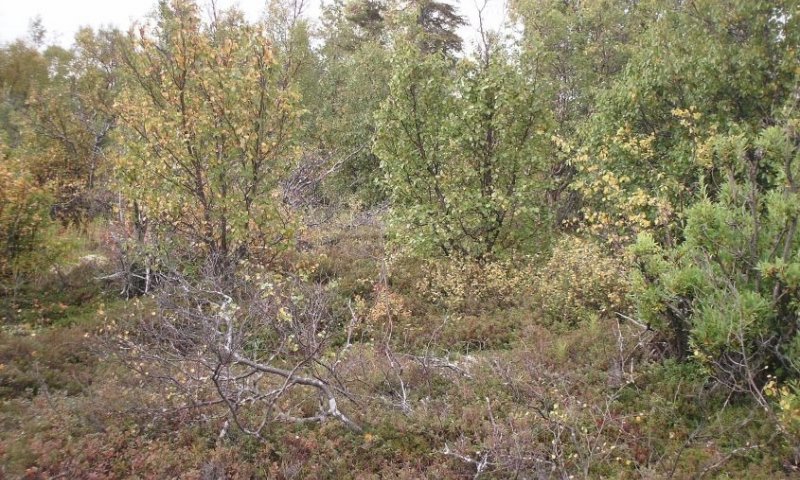
Figure 9. Typical area of community 1.2.
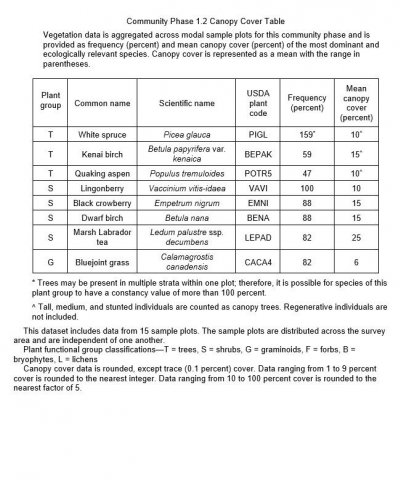
Figure 10. Frequency and canopy cover of plants in community 1.2.
The late fire community phase is a mixed woodland that has a dense understory of low and dwarf shrubs. This community consists of mixed deciduous Kenai birch and quaking aspen and coniferous white spruce. Understory shrubs include lingonberry, black crowberry, dwarf birch, bog blueberry, and marsh Labrador tea. Other species may include paper birch, willow (Salix spp.), bluejoint, Altai fescue, fireweed, and horsetails. Various mosses are common. Lichen may be present, but the total cover depends on the period since the last fire. Other ground cover typically includes herbaceous litter and woody litter. Some areas are bare soil.
Community 1.3
Black crowberry-dwarf birch/bluejoint
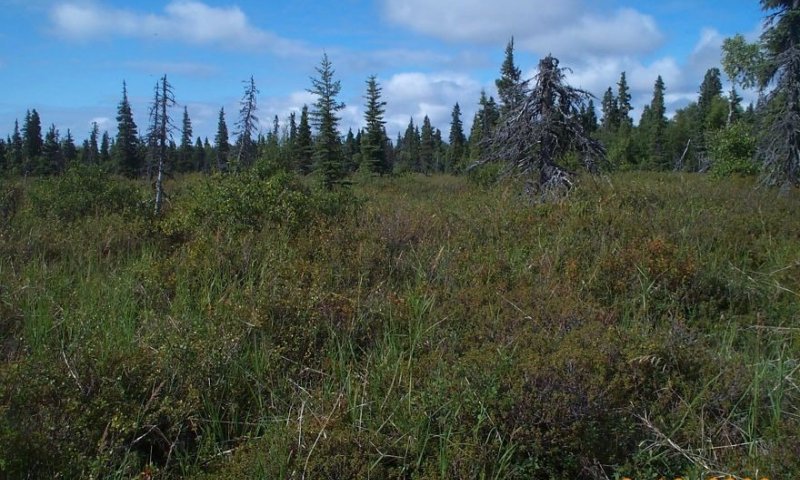
Figure 11. Typical area of community 1.3.
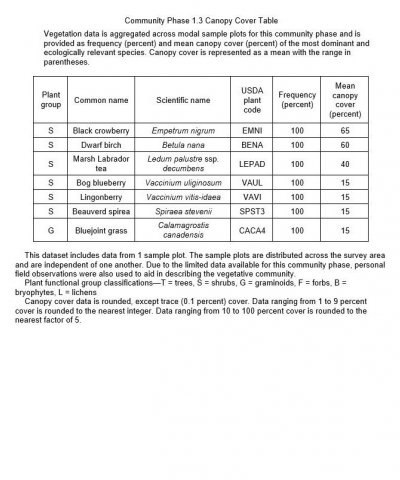
Figure 12. Frequency and canopy cover of plants in community 1.3.
The early fire community phase is closed low scrubland (Viereck et al., 1992) that includes low and dwarf shrubs. This community consists dominantly of black crowberry, dwarf birch, and marsh Labrador tea. Other common plants include spirea, bog blueberry, lingonberry, and bluejoint. Live trees that survived a fire and stunted and regenerative trees may be present. The ground cover is dominantly moss; lichens are rare. Other ground cover includes herbaceous and woody litter.
Pathway 1.1A
Community 1.1 to 1.3
White spruce/lingonberry-black crowberry
Black crowberry-dwarf birch/bluejoint
Fire.
A low-intensity fire removes trees and taller shrubs, but pockets of low vegetation remain. The reduced competition for light and space may allow pioneer graminoids and forbs to colonize and pockets of low and dwarf shrubs to propagate. Based on the age of the trees, fires occur once every 60 to 100 years.
Pathway 1.2A
Community 1.2 to 1.1
Kenai birch-quaking aspen/lingonberry-dwarf birch
White spruce/lingonberry-black crowberry
Natural succession: Time and growth without disruptive fire.
As burned areas recover, white spruce reproduces and regenerates. Competition for light and space may lead to a decrease in the population of deciduous trees, such as shade-intolerant quaking aspen (Lavertu et al., 1994; Howard, 1996). The large shrub community continues to diversify. The period needed for this transition currently is unknown. It likely depends on factors such as the rate of seed production of white spruce and the annual growth rate of trees and shrubs.
Pathway 1.2B
Community 1.2 to 1.3
Kenai birch-quaking aspen/lingonberry-dwarf birch
Black crowberry-dwarf birch/bluejoint
Fire.
A low-intensity, fast-burning fire may remove trees and taller shrubs but allow pockets of low vegetation to remain. The reduced competition for light and space may allow pioneer graminoids and forbs to colonize and pockets of low and dwarf shrubs to propagate. The frequency of fire in the late fire community phase currently is unknown.
Pathway 1.3A
Community 1.3 to 1.2
Black crowberry-dwarf birch/bluejoint
Kenai birch-quaking aspen/lingonberry-dwarf birch
Natural succession: Normal time and growth without disruptive fire.
As burned areas recover, tree species colonize. Shrubs and graminoids continue to diversify as new niches are created, but the total cover may decrease. The period needed for this transition currently is unknown. It likely depends on factors such as the growth rate of trees, distance to a seed source, and reproduction and growth rates of colonizing and extant shrubs.
State 2
Cultural/Agronomic State
This alternate state is a result of land clearing near and in villages and towns. Trees and shrub are cleared by machinery. Areas surrounding buildings and those that have been cleared for lawns or agricultural uses, such as apiaries, are included.
This disturbance generally transitions the vegetation to community phase 2.1. Commonly, these areas are mowed to keep graminoids and forbs at a maximum height. Replanting may revert this state to the reference state, but field data of this hypothesized transition are not available.
Community 2.1
Bluejoint/common chickweed-fireweed meadow
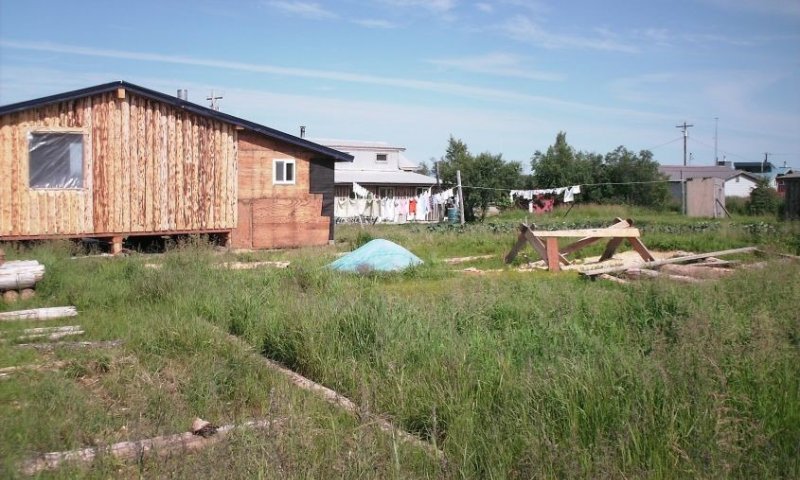
Figure 13. Typical area of community 2.1.
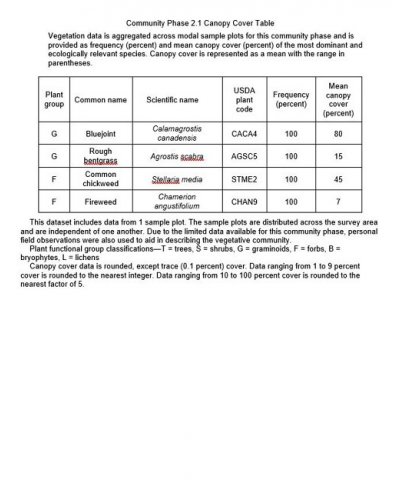
Figure 14. Frequency and canopy cover of plants in community 2.1.
This community is a mesic graminoid herbaceous meadow (Viereck et al., 1992). It consists of graminoids and forbs, including bluejoint, rough bentgrass (Agrostis scabra), common chickweed (Stellaria media), and fireweed. The presence or absence of trees and shrub depends on the preference of the landowner. The ground cover varies, but it typically includes abundant herbaceous litter from mowing.
Transition T1A
State 1 to 2
Clearcutting in villages and towns causes this transition. This disturbance is drastic, which suggests no threshold allows the plant community to remain in the reference state. Continued mowing of this grassland community, as described by community phase 2.1, keeps this plant community stable.
Restoration pathway R2A
State 2 to 1
It is hypothesized that alternate state 2 will return to the reference state if mowing and other anthropogenic disturbances are ceased. Standing shrubs and trees in nearby areas and an existing seed bank support recolonization. A full transition back to the reference state may require planting of native species. The period needed for this transition depends on factors such as the extent of the original clearing, previous and current land uses, cessation of anthropogenic disturbance, and period without natural fire.









